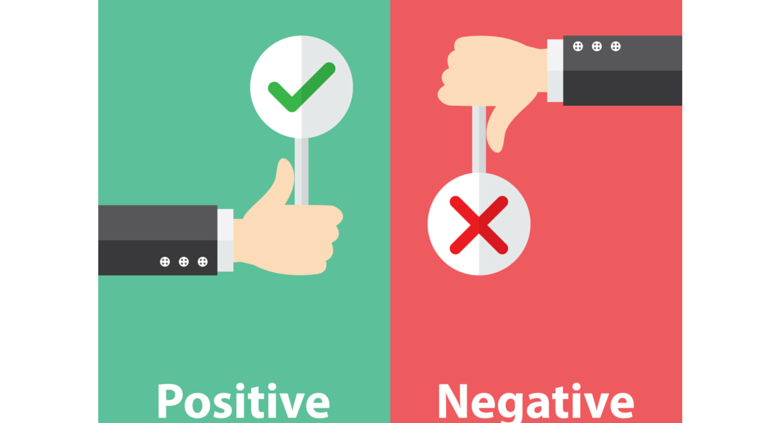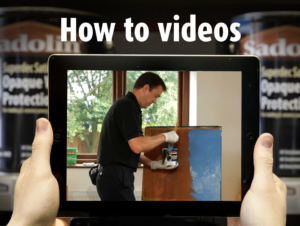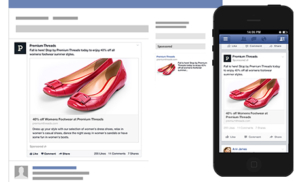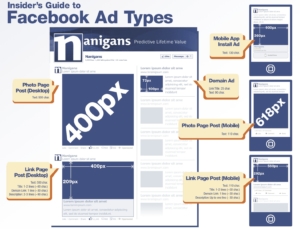No matter how small the area, how small the client base, or how small the business, before long, someone will post a negative review about you. Now, large companies expect this. Because of the sheer number of reviewers, they can withstand some a negative review. However even one negative review can sink a small, medium, new, or local business.
What’s worse, often those negatives are fake. They come not from dissatisfied customers, but from competing businesses or former employees. Sites like Yelp, despite their endless videos and text detailing their mysterious algorithm for ferreting out fakes, do little to police this problem. This means that anyone with a wi-fi connection can, in a few keystrokes, cost you tens of thousands of dollars.
News sites like the Huffington Post, the NY Times, The Guardian, and the Wall Street Journal have helped expose another disturbing aspect of online reviews. All have cited instances where bad reviews were posted before a business had even opened! This happens more frequently in highly competitive industries (restaurants, home improvement contractors, tech gear, etc.)
Don’t let a negative review sink your business. Here’s how you can fight back:
- The Pen is Mightier
Getting angry and ranting online is a big no-no. It will only make you look worse.
But, posting a sane, measured, well-written response on your website, blog, Google, Facebook, and in-response to the negative (if the review site allows replies) allows you to swing public opinion back in your favor.
Don’t be afraid to flood the few negatives with positive articles, blogs, videos, and reviews from your happy customers. This is the best, fastest, and most effective way to drown even the most virulent of phone negatives.
You’ll have to be consistent when doing this. It may take time, but if you continually hit back with positivity, you gain the respect of potential customers. Hiding from negatives makes you look guilt in the court of public opinion. But, respoinding rationally, with facts – even if you must state that this person was never a customer – shows that when a problem, real or fake, pops up, you deal with it head on. This will put future customers at ease, knowing you don’t duck problems.
- No Figting
Whatever you do, do not get angry and start a war of words. Ranting, rambling responses make you look terrible. Even if the review is clearly a fake – a personal attack, written by a non-customer, or posted by someone with an ax to grind – you should respond in a well-organized, calm manner.
This actually makes the fake review seem even more obviously phony.
- Spread the Positive
Want to bury negatives in positivity?
Contact your customers and ask them to review you online. You can offer an ethical bribe in exchange for a review (not for a positive review, that’s where you can get into trouble). But, if you target customers you already know are thrilled with your product or service, this is a safe play.
There are few things more powerful for fighting negative reviews (and boosting sales) than a genuine positive review from a real customer.
- Be Consistent
Never stop asking customers to review you online. The more positives posted, the less impact negatives have. Humans tend to be attracted to the negatives (with negative reviews being read far more than positive), but if a few bad ones are floating in a sea of good, the impact is lessened. It’s hard to argue when there are 49 Five-Star reviews and only 1 One-Star.











